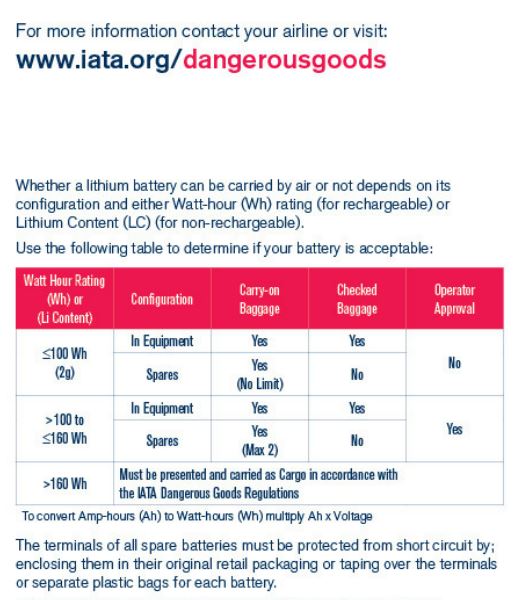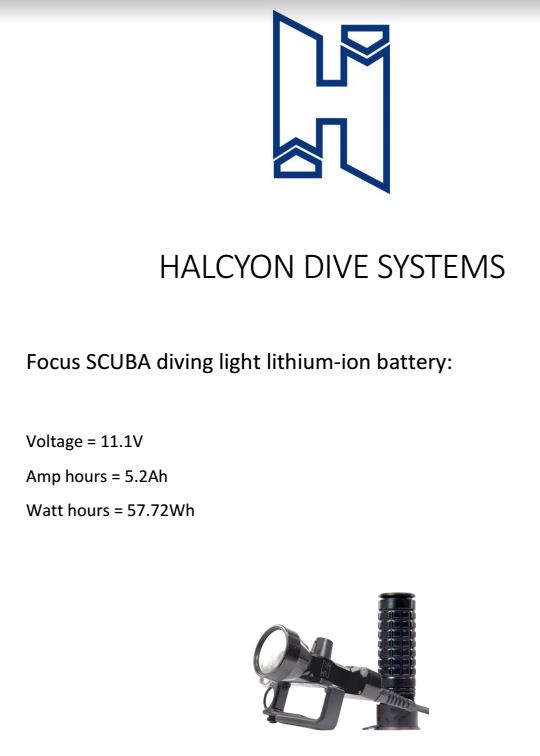I have to respectfully disagree with @tbone1004 with regard to the Focus. I have never seen the 2.0 in flesh but been using the 1.0 for a more than a year now and teamed up with folks using various premium lights from various manufacturers (Thor, Halcyon HID, LM, UWLD, DiveRite, Green Force etc). My experience has been that the 1.0 has outperformed each and every one of these by a considerable margin. There are two reasons for this. Firstly, this is the most focused (pardon the pun) light of them all, with I think a 4 degree spot beam angle. As a result, the spot remains very tight over considerable distances allowing for easier communication. Secondly, in low visibility conditions the light cuts through the particles much more effectively than most others. Where many lights produce just a spherical halo, the 1.0 still gives a nice, easily perceptible beam. As a communication and team awareness device, I think 1.0 is as close to perfect as it gets.
Granted, there are downsides to the Focus too. The handle, while absolutely awesome and easily adjustable, is not really suitable for scootering. They have a replacement Goodman handle (the "Explorer") with a proper thumb loop - but I decided to keep the original one for better flexibility in adjustment, and more importantly for more protection during traveling etc. as the handle folds in to protect the light head. The second downside is the beam adjustment mechanism which I'm sure adds quite a bit to the cost of the light. Over >150 dives I have not once had the need to use the wider beam.
With a lithium battery and <100 Wh surely the Focus can fly, both in cabin and checked luggage (see below).
Granted, there are downsides to the Focus too. The handle, while absolutely awesome and easily adjustable, is not really suitable for scootering. They have a replacement Goodman handle (the "Explorer") with a proper thumb loop - but I decided to keep the original one for better flexibility in adjustment, and more importantly for more protection during traveling etc. as the handle folds in to protect the light head. The second downside is the beam adjustment mechanism which I'm sure adds quite a bit to the cost of the light. Over >150 dives I have not once had the need to use the wider beam.
With a lithium battery and <100 Wh surely the Focus can fly, both in cabin and checked luggage (see below).
Last edited:






